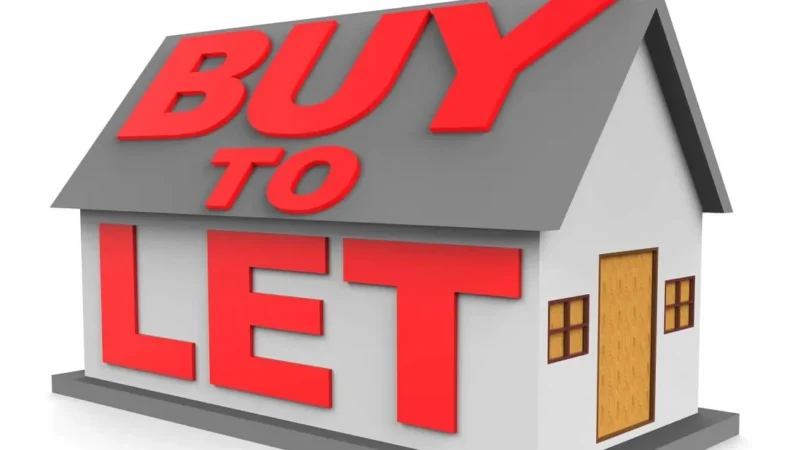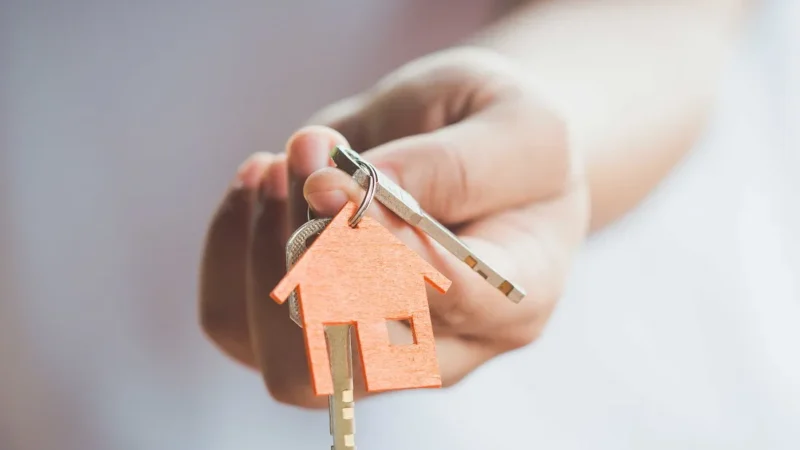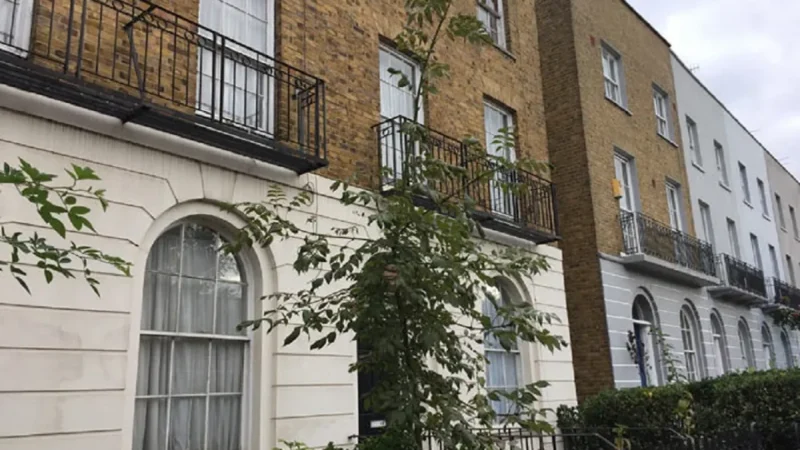Buy-To-Let Mortgages With a 20% Deposit: What You Need to Know

Buy to let mortgage with 20 deposit-
If you’re interested in investing in property, purchasing a buy-to-let property is a great way to generate rental income and profit from capital gains. However, securing the right mortgage is one of the biggest challenges when purchasing a buy-to-let property. If you have a 20% deposit, several buy-to-let mortgage options are available to you. Here’s what you need to know:
The Benefits of a 20% Deposit-
One of the biggest benefits of having a 20% deposit is that you’ll have access to a broader range of mortgage options. Many lenders require a deposit of at least 25% of the property’s value for a buy-to-let mortgage, so having a 20% deposit means you’ll have access to more lenders and potentially more competitive interest rates.
A 20% deposit can also help reduce your monthly mortgage payments, as you’ll be borrowing less money from the lender. This can be particularly beneficial if you rely on rental income to cover the mortgage payments.
The Costs of a 20% Deposit-
While having a 20% deposit can make it easier to secure a buy-to-let mortgage, it’s important to consider the costs involved. In addition to the warranty, you’ll also need to factor in the associated costs of purchasing a property, such as legal fees, valuation fees, and stamp duty.
You’ll also need to consider the ongoing costs of owning a buy-to-let property, such as maintenance costs, insurance, and potentially void periods where the property is unoccupied. It’s important to factor in these costs when calculating the potential profitability of the property.
Mortgage Options with a 20% Deposit-
Several buy-to-let mortgage options are available to those with a 20% deposit. Some lenders offer fixed-rate mortgages, which can provide peace of mind knowing that your mortgage payments will remain the same for a set period of time.
Other lenders may offer variable-rate mortgages, which can offer more flexibility but also come with the risk of interest rate increases. It’s important to carefully consider the pros and cons of each mortgage option and choose the one best suited to your needs and circumstances.
It’s also important to consider the rental coverage ratio, which is the ratio between the rental income and the mortgage payments. Lenders typically require a rental coverage ratio of at least 125%, meaning the rental income needs to be 125% of the mortgage payments. However, some lenders may require a higher rental coverage ratio for those with a lower deposit.
Choosing the Right Property-
When purchasing a buy-to-let property, choosing the right property in the right location is important. Consider factors such as the local rental market, demand for rental properties, and the potential for capital gains.
It’s also important to consider the type of property you want to invest in. For example, a studio or one-bedroom apartment may be more affordable and more accessible to manage than a larger property but may offer lower rental income. It’s important to weigh the pros and cons of different property types and choose the one best suited to your needs and budget.
Conclusion-
If you have a 20% deposit, several buy-to-let mortgage options are available to you. However, it’s important to carefully consider the costs and risks involved and choose the right mortgage and property for your needs and circumstances. With the proper research and planning, investing in a buy-to-let property can be a lucrative investment opportunity.





